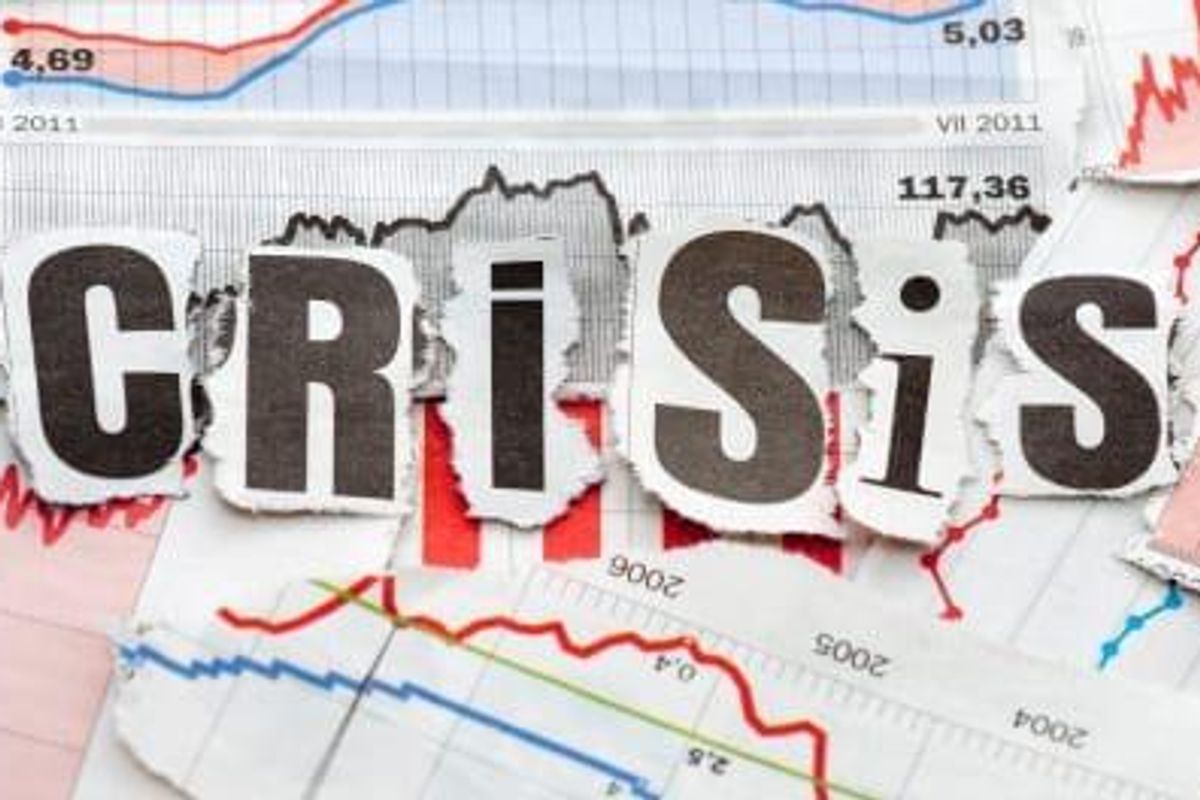- AustraliaNorth AmericaWorld
Investing News NetworkYour trusted source for investing success
- Lithium Outlook
- Oil and Gas Outlook
- Gold Outlook Report
- Uranium Outlook
- Rare Earths Outlook
- All Outlook Reports
- Top Generative AI Stocks
- Top EV Stocks
- Biggest AI Companies
- Biggest Blockchain Stocks
- Biggest Cryptocurrency-mining Stocks
- Biggest Cybersecurity Companies
- Biggest Robotics Companies
- Biggest Social Media Companies
- Biggest Technology ETFs
- Artificial Intellgience ETFs
- Robotics ETFs
- Canadian Cryptocurrency ETFs
- Artificial Intelligence Outlook
- EV Outlook
- Cleantech Outlook
- Crypto Outlook
- Tech Outlook
- All Market Outlook Reports
- Cannabis Weekly Round-Up
- Top Alzheimer's Treatment Stocks
- Top Biotech Stocks
- Top Plant-based Food Stocks
- Biggest Cannabis Stocks
- Biggest Pharma Stocks
- Longevity Stocks to Watch
- Psychedelics Stocks to Watch
- Top Cobalt Stocks
- Small Biotech ETFs to Watch
- Top Life Science ETFs
- Biggest Pharmaceutical ETFs
- Life Science Outlook
- Biotech Outlook
- Cannabis Outlook
- Pharma Outlook
- Psychedelics Outlook
- All Market Outlook Reports

While the nuclear energy sector is gradually recovering from the Fukushima disaster, the uranium industry is still struggling to survive.
It’s been well over five years since the Fukushima disaster, yet the uranium mining industry is still in recovery mode as its price reached record lows.
Most recently, the uranium spot price was $23.75–an 11-year low –as its demand continues to be weak while the industry waits for additional nuclear power plants to come online.
Reuters reported that excess capacity has kept the commodity’s price at at record lows, while a number of mining companies have had to close mines, cut costs and debt–all while continuing to struggle to survive.
In other words, it appears as though there is an oversupply of uranium and there doesn’t seem to be a reason to explore new deposits or mine existing ones. Following the Fukushima disaster, Japan shut down all of its nuclear reactors, which accounted for approximately 10 percent of the 400 operating reactors.
In an interview with Reuters, Alexander Molyneux, CEO of Paladin Energy (TSX:PDN,ASX:PDN) said, “it has never been a worse time for uranium miners, although globally the nuclear industry does well.”
While only 42 of Japan’s nuclear reactors have come back online in the past five years, the World Nuclear Association (WNA) notes that there are over 440 operating nuclear power reactors in 31 countries, with 60 more under construction.
Still–that doesn’t make things easy for uranium miners, at least right now.
“At today’s spot prices, the primary uranium mining industry is not sustainable,” Energy Fuels (TSX:EFR) COO Mark Chalmers said at WNA’s London conference last month, Reuters reported.
The publication listed companies–such as Cameco (TSX:CCO) and AREVA (EPA:AREVA)–that have closed a number of mines or postponed projects to cut back on supply.
At the London conference, Cameco’s vice-president and marketing head, Timothy Gabruch, said that “desperate times call for desperate measures,” adding that adjustments to supply have not been enough to counter the loss of demand.
With that in mind, investors will surely be keen to keep an eye on how the industry recovers over the coming years.
Don’t forget to follow us @INN_Resource for real-time news updates.
Securities Disclosure: I, Jocelyn Aspa, hold no direct investment interest in any company mentioned in this article.
Editorial Disclosure: Energy Fuels is a client of the Investing News Network. This article is not paid for content.
Outlook Reports
Featured Energy Investing Stocks
Browse Companies
MARKETS
COMMODITIES
| Commodities | |||
|---|---|---|---|
| Gold | 2389.99 | +22.33 | |
| Silver | 28.54 | +0.32 | |
| Copper | 4.42 | +0.05 | |
| Oil | 82.96 | +0.27 | |
| Heating Oil | 2.56 | -0.02 | |
| Natural Gas | 1.76 | +0.05 | |
Investing News Network websites or approved third-party tools use cookies. Please refer to the cookie policy for collected data, privacy and GDPR compliance. By continuing to browse the site, you agree to our use of cookies.





